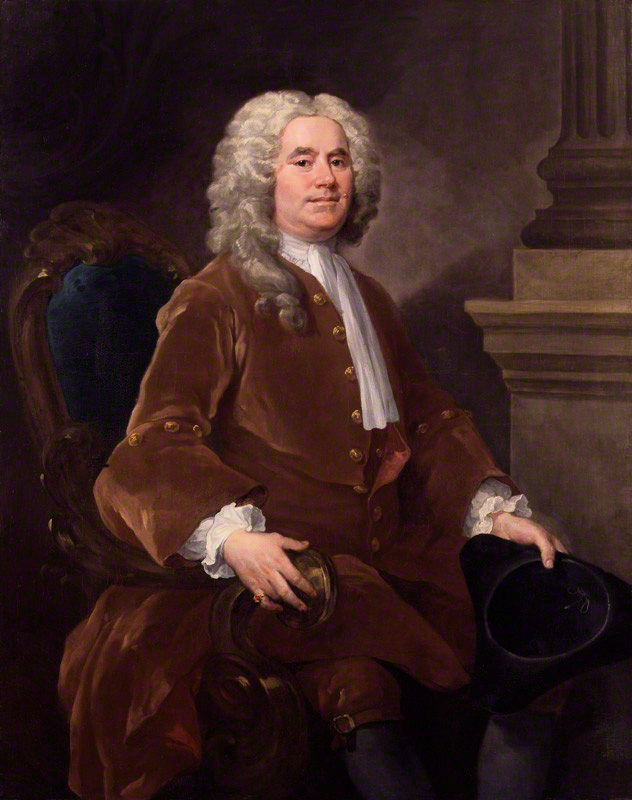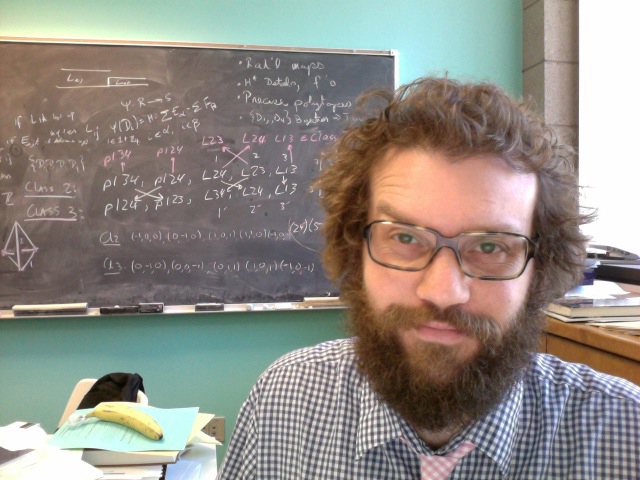 |
This month marks the 60th anniversary of the discovery of deoxyribonucleic acid, or DNA to most of us. In the USA, there is DNA Day, which is a holiday celebrated on the 25th of April. The holiday commemorates the day in 1953 when James Watson and Francis Crick published their paper in Nature on the structure of DNA.
It is also the 10th anniversary of the first sequencing of the human genome.
|
Knot theory
One area of mathematics that has been rather useful in the study of DNA, and in particular how it tangles is knot theory. DNA is tightly packed into genes and chromosomes. This packing can be thought of as two very long strands that have been intertwined many times and tied into knots. Before the DNA can replicate it needs to be arranged much neater than that and so needs to be unpacked. Thus knot theory is important in understanding this “unknotting” of DNA.
The way the knots were classified had nothing to do with biology, but now you can calculate the things important to you.
Nicholas Cozzarelli, in [1].
A knot is just a embedding of a circle in 3d.

The knot diagram of the Trefoil knot
The classification of knots has been a harder problem that one might expect. The general idea is to construct ways to see if two knots are equivalent, meaning they are the same knot. More mathematically two knots are equivalent if they can be transformed into each other via a special kind of transformation known as an ambient isotopy. Such transformations are really just “distortions” of the knot without any cutting.
A powerful way of deciding of knots are the same or not, is to calculate their Jones polynomial [2]. Interestingly, there is a relation between the Jones Polynomial and Chern-Simons gauge theory, which was first discovered by Witten [3].
References
[1] David Austin, That Knotty DNA, Feature Column of the AMS.
[2] Jones, V.F.R. (1985),A polynomial invariant for knots via von Neumann algebra, Bull. Amer. Math. Soc.(N.S.) 12: 103–111
[3]Edward Witten, Quantum field theory and the Jones polynomial, Comm. Math. Phys. Volume 121, Number 3 (1989), 351-399














